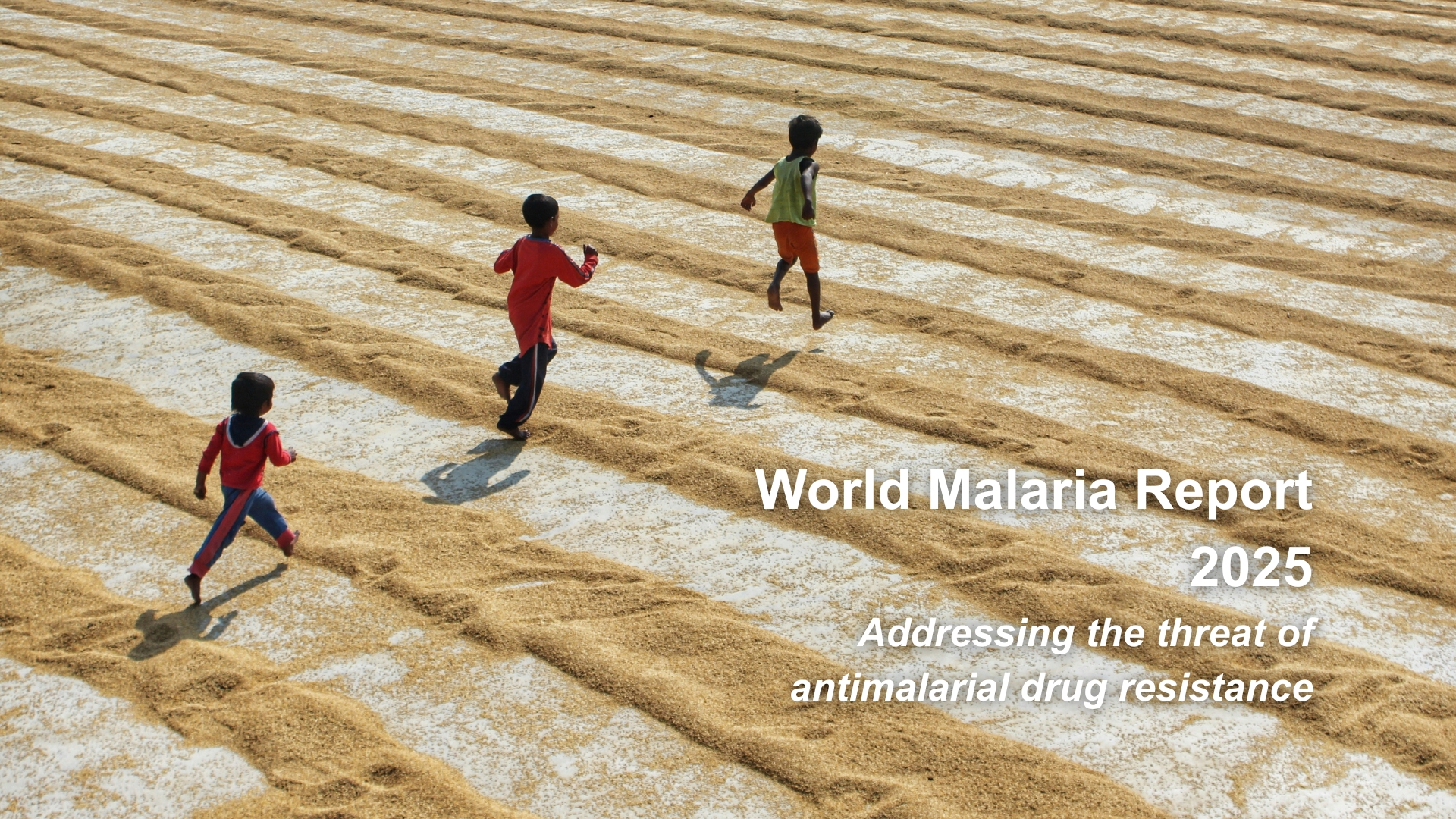
In June 2019, the Global Fund set aside US$25 million of additional funds for malaria elimination in four countries: Papua New Guinea, Solomon Islands, Vanuatu and Timor-Leste. The funds are in addition to the regular Global Fund allocations to these countries. The Global Fund named the initiative: Malaria Elimination in Melanesia and Timor-Leste Initiative (MEMTI).
In creating MEMTI, the Global Fund referenced the political commitment to eliminate malaria by 2030 in the four countries and the opportunity to leverage additional sources of funding from multilateral development banks (MDBs), other donors, and domestic resources.
MEMTI's intends to use grant funding to incentivize additional contributions –from donors, MDBs, and implementing governments– to achieve the goal of malaria elimination. Countries can access MEMTI funds by presenting proposals that address comprehensive strategies, including health system strengthening efforts and potential interventions beyond the health sector to eliminate malaria. In addition, countries must identify different sources of funding to finance these elimination strategies for the next three years, including from domestic sources, loans or grants from development financing institutions and other donors.
For most countries, malaria elimination will take longer than three years. Hence, the Global Fund expects that the country proposals include a long-term financing strategy that extends until the elimination target date in each country. The Global Fund will assess both the programmatic proposal, as well as the financial leverage of each country proposal (i.e. the additional funding that countries will mobilize) when making the decision on if and how to allocate MEMTI funds between countries. The MEMTI funds will be integrated with regular the Global Fund country grants, meaning there will not be any additional administrative burden on countries.
The initiative serves as a test case for engaging MDBs in malaria elimination in Asia and the Pacific. For example, the Asian Development Bank (ADB) has committed to expand its health financing efforts. ADB’s goal is to expand health sector investments in the Asia and the Pacific region from one to two percent in 2014, to three to five percent of its total portfolio by 2020. However, when borrowing for health, countries typically access loans for infrastructure and health sector development programs rather than disease-specific interventions.
The tenet behind MEMTI is that by collaborating and offering financial incentives to both MDBs and countries, broader health sector investments financed through other sources may lead to adjustments of such investments so that they align with the malaria elimination goal. In this manner, MEMTI may also serve to accelerate the integration of malaria-specific programs into the general health system.
If MEMTI funds succeed in unlocking new resources that are aligned and supportive of malaria elimination from MDBs, it could serve as a promising alternative financing model for countries in Asia and the Pacific.
.svg)


.jpg)






